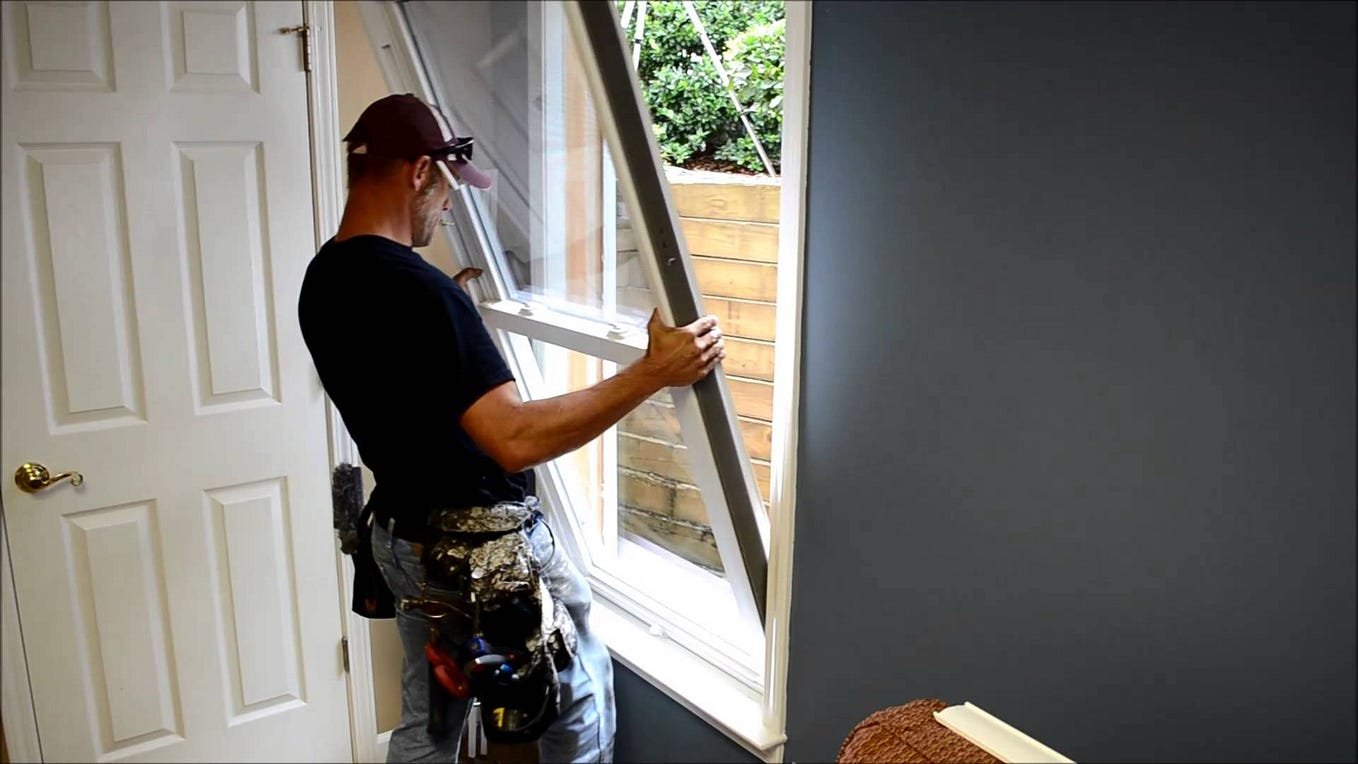Choosing the right windows for homes in hot, dry climates is crucial for energy savings and comfort. Desert regions like El Paso experience extreme temperatures and intense sunlight, making energy efficiency a top priority for homeowners. If you’re considering upgrading your windows, working with expert Window Contractors El Paso, TX can make all the difference in choosing products that are both durable and cost-effective. This guide will walk you through what to look for in energy-efficient windows designed for desert climates.
Why Energy-Efficient Windows Matter in Desert Climates
Homes in desert regions are constantly exposed to harsh sun, high heat, and minimal humidity. Without proper insulation, windows can become major sources of energy loss. Traditional single-pane windows allow heat to penetrate the home, causing air conditioning systems to work harder and increasing energy bills.
Energy-efficient windows reduce heat gain, provide better indoor temperature control, and help lower energy consumption. This is not only good for your wallet but also beneficial for the environment.
Key Features to Look for in Desert-Friendly Windows
Low Solar Heat Gain Coefficient (SHGC)
SHGC measures how well a window blocks heat from sunlight. In desert climates, you want a window with a low SHGC rating to minimize heat gain. This helps keep indoor spaces cooler, especially during the hottest parts of the day.
Low U-Factor
The U-Factor measures how well a window prevents heat from escaping a building. While it’s more important in colder climates, desert areas can still benefit from a low U-factor, particularly if temperatures drop significantly at night.
Double or Triple Glazing
Multi-pane windows are a must in hot climates. Double or triple-glazed windows feature multiple layers of glass separated by gas fills (like argon or krypton) that significantly reduce heat transfer. These windows provide superior insulation and noise reduction as well.
Low-E Glass Coating
Low-emissivity (Low-E) coatings help reflect infrared light, keeping heat out in the summer and maintaining indoor temperature stability. Low-E glass is essential for energy-efficient windows in desert climates because it helps reduce reliance on air conditioning.
Tinted or Reflective Glass
To combat excessive sun exposure, tinted or reflective glass options can be very effective. These types of windows reduce glare and further limit the amount of solar heat entering the home.
Frame Materials That Perform Best in Desert Climates
The type of material used in window frames plays a big role in energy performance and longevity in harsh environments.
Vinyl Frames
Vinyl is a popular option due to its low cost, excellent insulation, and resistance to heat. It doesn’t warp, crack, or fade easily, making it ideal for high-temperature areas.
Fiberglass Frames
Fiberglass frames offer superior thermal resistance, durability, and stability. They can withstand extreme heat without expanding or contracting, making them a top-tier choice for desert climates.
Aluminum Frames with Thermal Breaks
Standard aluminum conducts heat easily, which is not ideal in hot regions. However, aluminum frames with thermal breaks include insulating barriers that reduce heat conduction, offering both strength and efficiency.
Window Styles That Maximize Ventilation and Efficiency
The style of window can also impact how well it performs in a desert climate.
Casement Windows
These windows are hinged on the side and open outward, allowing for better airflow. They seal tightly when closed, providing strong insulation.
Awning Windows
Awning windows open from the bottom, allowing for ventilation even during light rain. Their tight seal also makes them energy efficient.
Picture Windows
These fixed windows don’t open but provide excellent insulation and natural lighting. When paired with Low-E coatings, they can be a valuable addition to sun-facing walls.
Energy Star and NFRC Certifications
When selecting energy-efficient windows, look for the Energy Star label. This certification indicates that the product meets or exceeds energy efficiency guidelines set by the U.S. Environmental Protection Agency.
Also check for NFRC (National Fenestration Rating Council) labels. These provide detailed ratings for SHGC, U-factor, and visible transmittance, helping you compare products accurately.
The Role of Professional Installation
No matter how efficient a window is, improper installation can compromise performance. Poor seals, gaps, and incorrect fitting can lead to air leaks and energy loss.
That’s why it’s crucial to work with licensed and experienced professionals. Reputable Window Contractors El Paso, TX are familiar with the local climate and building codes, ensuring your windows are installed correctly for optimal performance.
Cost vs. Long-Term Savings
Energy-efficient windows come with a higher upfront cost, but the long-term benefits outweigh the initial investment. Lower energy bills, reduced HVAC maintenance, and increased indoor comfort are some of the key advantages. Additionally, energy-efficient upgrades can increase your home’s resale value.
Many utility companies and state programs also offer rebates or incentives for energy-efficient home improvements, which can offset the installation cost.
Maintenance Tips for Desert Windows
To ensure your windows continue to perform well:
- Clean glass and frames regularly to remove dust and sand buildup.
- Inspect seals and caulking annually.
- Consider installing external shading systems like awnings or solar screens to further protect windows from direct sunlight.
Final Thoughts
Selecting the right energy-efficient windows for a desert environment involves more than just picking the most attractive option. It requires attention to performance ratings, materials, and professional installation. By investing in high-quality windows suited for desert conditions, you can significantly reduce energy costs and improve year-round comfort in your home. Consulting with knowledgeable Window Contractors El Paso, TX is the best first step toward making a smart and lasting upgrade.
